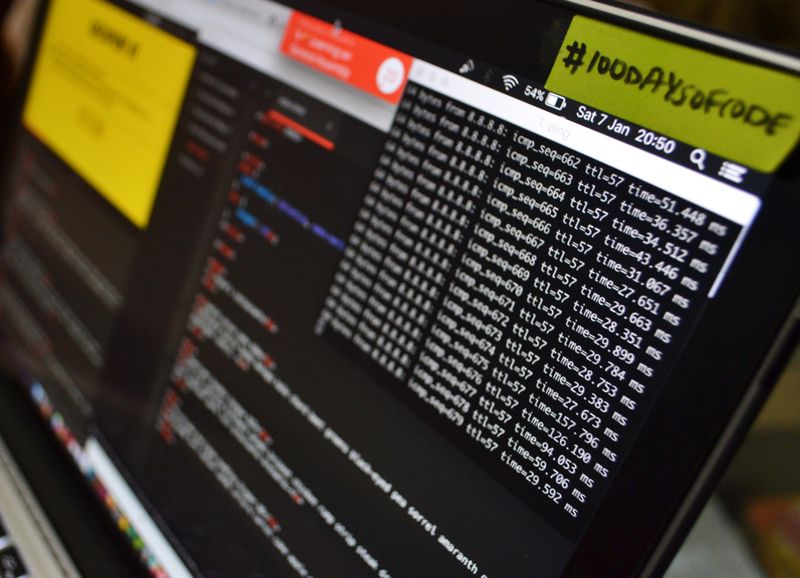The Evolving Threat of Credential Phishing
In today’s interconnected world, where businesses rely heavily on digital platforms and online operations, the threat of cybercrime is more prevalent than ever before. One of the most significant and pervasive dangers is credential phishing, a sophisticated hacking technique that aims to steal sensitive information such as usernames, passwords, and other login credentials.
Cybercriminals exploit human vulnerability, using various deceptive methods to trick individuals into divulging their personal information. This can be accomplished through emails, instant messages, malicious websites, or other means that mimic genuine communication channels or interfaces.
Phishing attacks have become increasingly sophisticated, often using clever social engineering techniques to deceive even the most vigilant of users. Through well-crafted messages, cybercriminals create a sense of urgency or invoke fear, compelling individuals to hand over their private data.
The Cost of Credential Phishing
The consequences of falling victim to credential phishing attacks can be severe. Once cybercriminals gain access to valuable credentials, they can wreak havoc on businesses, organizations, and individuals alike. Some potential risks include:
- Data Breaches: Stolen credentials can lead to unauthorized access to sensitive information, potentially resulting in data breaches that expose personal or proprietary information.
- Financial Loss: Access to financial accounts can enable cybercriminals to drain bank accounts, make unauthorized transactions, or even commit identity theft.
- Reputation Damage: A successful phishing attack can tarnish the reputation of a business or organization, eroding trust among customers, partners, and stakeholders.
- Intellectual Property Theft: Infiltration through compromised credentials can provide cybercriminals with the ability to steal valuable intellectual property, such as trade secrets or sensitive research data.
- Ransomware Attacks: Stolen credentials can facilitate the installation and execution of ransomware, locking businesses out of critical systems until a ransom is paid.
Protecting Against Credential Phishing
In the battle against credential phishing, awareness and education are paramount. It is crucial to train employees to recognize and respond to phishing attempts effectively. An informed workforce is the first line of defense.
Implementing a Multi-Factor Authentication (MFA) Strategy
One highly effective measure is implementing a Multi-Factor Authentication (MFA) strategy. MFA adds an additional layer of security, requiring users to provide extra verification beyond the traditional username and password combination. This can include fingerprint or facial recognition, a hardware token, or a one-time authentication code.
By incorporating MFA, even if cybercriminals manage to acquire someone’s credentials, they will be unable to penetrate an account without the supplementary authentication factor.
Strengthening Password Policies
Organizations should establish robust password policies to mitigate the risk of credential theft. This includes encouraging users to create strong, unique passwords and regularly update them. Password managers can provide an additional layer of convenience and security.
Enforcing regular password changes and prohibiting the reuse of passwords across accounts can make it harder for cybercriminals to exploit compromised credentials.
Enhancing Email Security
Email plays a significant role in credential phishing attacks. Employing email filtering technologies that detect and block phishing attempts can help reduce the risk. Furthermore, teaching employees to vigilantly scrutinize unfamiliar email senders, suspicious links, and unexpected attachments can fortify their defense against phishing attacks.
Keeping Software and Systems Updated
Many cyberattacks exploit vulnerabilities in outdated software and systems. Regularly updating software, including operating systems, browsers, and plugins, is essential to minimize the risk of falling victim to credential phishing and other cyber threats. Employing reputable antivirus and anti-malware software can provide additional protection.
The Ethical Dilemma of Cybersecurity
Beyond technical measures and security protocols, the issue of cybersecurity raises philosophical questions about the boundaries of surveillance, privacy, and individual freedom in the digital age.
While organizations must take responsibility for protecting their operations and the data of their stakeholders, there is a delicate balance between safeguarding against cyber threats and violating privacy rights. Striking this balance requires transparent policies, clear consent mechanisms, and robust regulations that ensure accountability without impinging on civil liberties.
The evolving landscape of cybersecurity necessitates ongoing dialogue and cooperation between governments, cybersecurity experts, businesses, and individuals to establish and maintain a sustainable framework that defends against cyber threats while respecting privacy rights.
Conclusion: Staying Vigilant in the Digital Era
In an era where cybercrime is a constant threat, defending against credential phishing requires a multifaceted approach. Organizations must prioritize education and awareness, implementing strong password policies, and bolstering email security. Additionally, the implementation of multi-factor authentication and regular software updates is crucial to staying one step ahead of cybercriminals.
However, the battle against credential phishing is not solely a technical one. It also highlights the ethical considerations surrounding privacy and surveillance in the digital age. Striking a balance between security and privacy is vital, and it is the responsibility of governments, businesses, and individuals to foster an environment that protects against cyber threats while upholding civil liberties.
By embracing comprehensive security strategies, fostering education and awareness, and engaging in ongoing discussions about the ethical implications of cybersecurity, we can collectively outsmart cybercriminals and safeguard our digital future.

<< photo by Lewis Kang’ethe Ngugi >>
The image is for illustrative purposes only and does not depict the actual situation.
You might want to read !
- Teen Mastermind: Exposing the Intricate Web of a Teenager’s Massive Hacking Campaign
- Cybercriminals Exploit WinRAR Zero-Day to Target Traders: A Closer Look
- Exploring the Vulnerability: Unpatched Openfire XMPP Servers Pose Significant Security Risk
- “Unpacking the WinRAR Security Flaw: How Zero-Day Attacks Target Traders”
- The Rise of Cybercrime: Unveiling the Dark Underworld of Online Forums
- How Cybercriminals Exploit Abandoned Websites as Phishing Bait
- Why Shellshock’s Longevity Makes It an Ongoing Cybersecurity Menace
- Messaging Apps Take a Stand: Default End-to-End Encryption Becomes the New Normal
- Why Hubble’s Plea for a Return to Infosec Fundamentals Cannot be Ignored
- The Rise of Cybersecurity Threats: Analyzing LinkedIn’s Recent Account Hacks
- US Tech Firms Embrace Data Protections to Comply with EU Big Tech Rules
- The Battle for Data Privacy: Navigating the Era of Generative AI
- Openfire Servers Under Siege: Assessing the Vulnerability of Over 3,000 Systems
- The Rise of Zero Trust Network Access: Empowering CISOs in the Cybersecurity Landscape
- The Impact of a Prolonged Cyberattack on Hospital Operations
- Why Apple Users Can No Longer Ignore the Mac Attack
- Senate Advances Children’s Online Safety Bills, Despite Civil Liberties Concerns
- The Rise of ‘FraudGPT’: A Dangerous Chatbot Peddled on the Dark Web
- Unraveling the Weave: Safeguarding Your Identity Against Threats
- Government Report Exposes Dark Side: How Smart Devices Fuel the Scourge of Domestic Violence
- Emerging New Era: LastPass Introduces FIDO2 Authenticators for Passwordless Login




